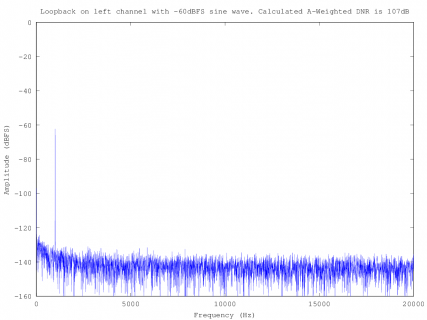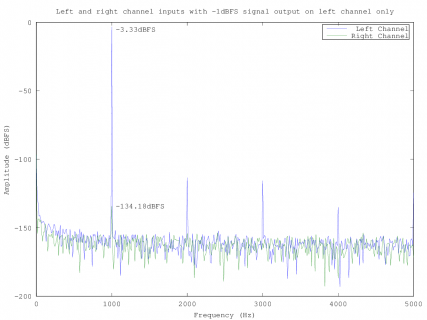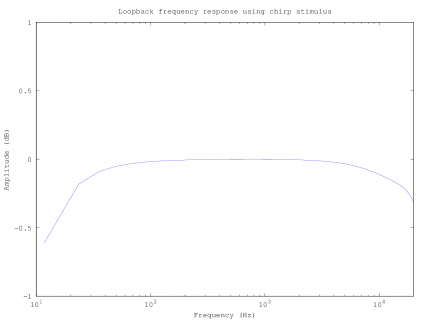About the pin 10, you are right. I would also connect pin 9 directly to the capacitor pad
The 5V was a misunderstanding from my side, I just gave the datsheet a quick glance. Thought that you were making 1.8 from 3.3 V. Now that I read it again, only the digital part is capable of 1.8V.
As for the decoupling, there are now 2x 10uF on the same line. uF capacitors are only for the low frequencies, where it does not matter where you place it on the line.
The input of the regulator only has a 2.2uF capacitor, which again is only for low ferquencies. To keep out the higher frequencies, place eg a 10nF at the input, to clean up the voltage, before it goes into the regulator. This will help the regulator generating a clean voltage.
For the diode, just a thought, does anything happen when you feed back 5V to the main connector? Maybe use a diode from the main connector as well?
As for the decoupling of the J1, this was for 800 MHz and higher. You placed it after the diode, so detection will already have happened. You would want to place it before the diode. Also because of the frequency, give it two vias directly to ground near the pad, and route the trace so that the current goes over the capacitor. Now the return current has to take a detour of about 12mm before it reaches the groundplane, just being lazy and assuming 1nH/mm (it will be worse), it will have 12 nH of induction. At 800 MHz, the impedance will be 60j ohms, so hardly any decoupling.
Now that I think about it do the same to the L/R output. Add a second via to the round and connect the lines to the pad of the capacitor, so that all signal travels over the capacitor first.
Finally the ground plane of the charge pump. You can explain this in two ways:
1: the pump frequency will be outside of the audible frequencies, so for the rest of the spectrum it can be assumed clean. The digital ground plane can be assumed dirty for all spectral components, so it should be kept far away from the analog ground so the ground plane is OK.
2: The pump signal will be huge and the digital spurious is assumed to be small, therefore you would want to contain the pumping signal as much as possible, so make this ground plane as small as possible and route the digital ground around it.
I do not know which is better.
The 5V was a misunderstanding from my side, I just gave the datsheet a quick glance. Thought that you were making 1.8 from 3.3 V. Now that I read it again, only the digital part is capable of 1.8V.
As for the decoupling, there are now 2x 10uF on the same line. uF capacitors are only for the low frequencies, where it does not matter where you place it on the line.
The input of the regulator only has a 2.2uF capacitor, which again is only for low ferquencies. To keep out the higher frequencies, place eg a 10nF at the input, to clean up the voltage, before it goes into the regulator. This will help the regulator generating a clean voltage.
For the diode, just a thought, does anything happen when you feed back 5V to the main connector? Maybe use a diode from the main connector as well?
As for the decoupling of the J1, this was for 800 MHz and higher. You placed it after the diode, so detection will already have happened. You would want to place it before the diode. Also because of the frequency, give it two vias directly to ground near the pad, and route the trace so that the current goes over the capacitor. Now the return current has to take a detour of about 12mm before it reaches the groundplane, just being lazy and assuming 1nH/mm (it will be worse), it will have 12 nH of induction. At 800 MHz, the impedance will be 60j ohms, so hardly any decoupling.
Now that I think about it do the same to the L/R output. Add a second via to the round and connect the lines to the pad of the capacitor, so that all signal travels over the capacitor first.
Finally the ground plane of the charge pump. You can explain this in two ways:
1: the pump frequency will be outside of the audible frequencies, so for the rest of the spectrum it can be assumed clean. The digital ground plane can be assumed dirty for all spectral components, so it should be kept far away from the analog ground so the ground plane is OK.
2: The pump signal will be huge and the digital spurious is assumed to be small, therefore you would want to contain the pumping signal as much as possible, so make this ground plane as small as possible and route the digital ground around it.
I do not know which is better.













